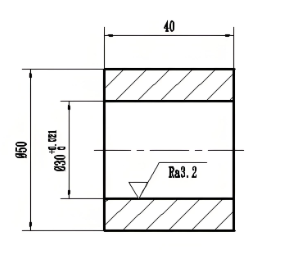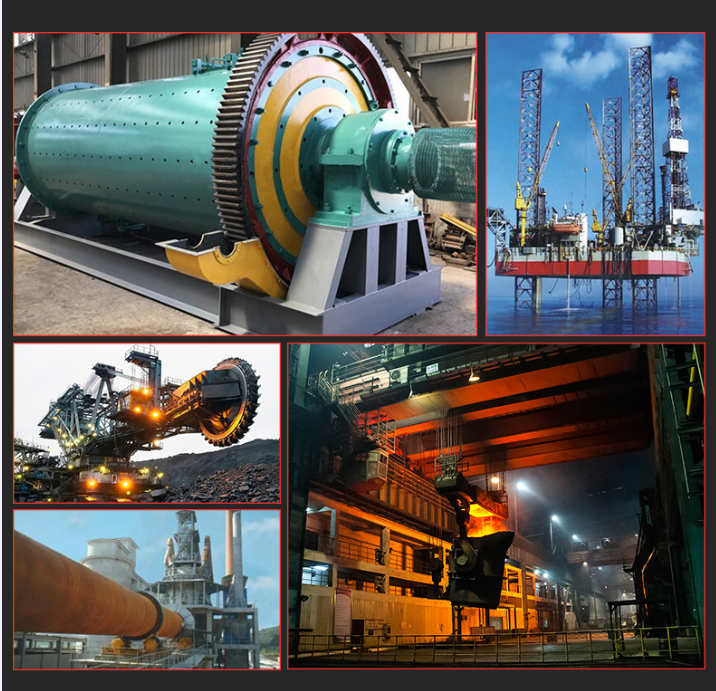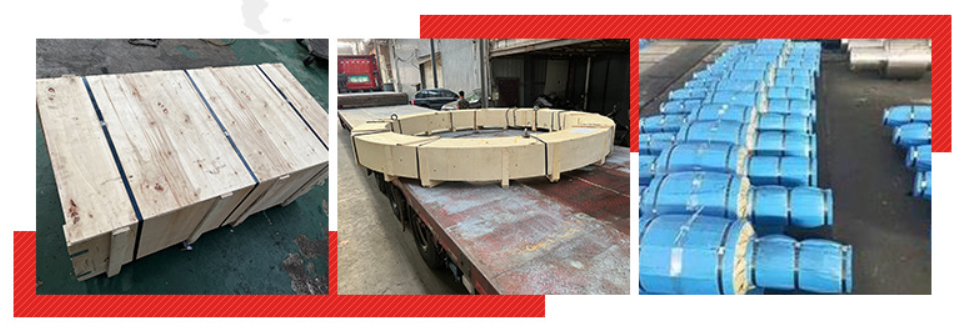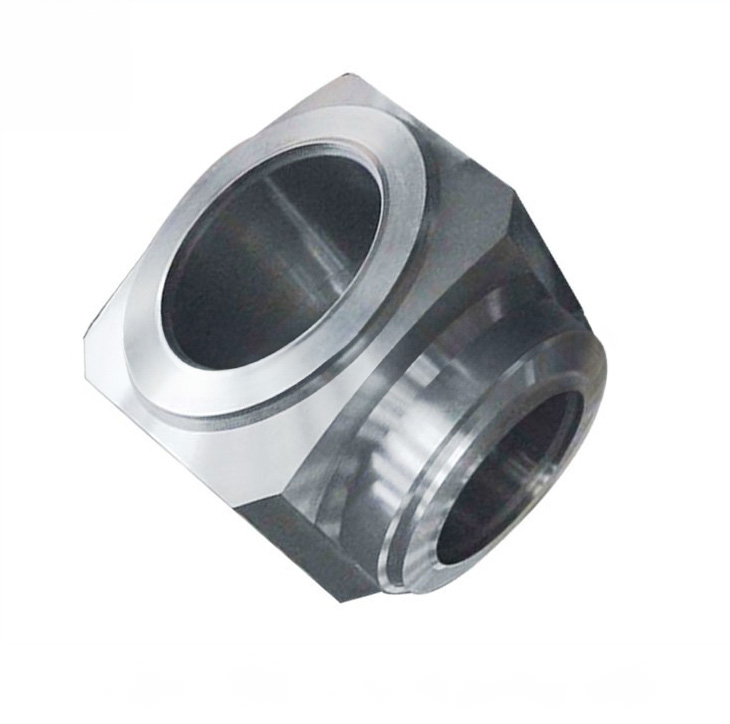Forged crosses (or four-way fittings)
1. Definition
Forged crosses, or four-way fittings, are components used in piping systems to connect four sections of pipe at right angles, forming a cross shape. They are essential for diverting flow in multiple directions within a system.
2. Materials
Forged crosses are typically made from:
Carbon Steel: Commonly used for its strength, durability, and cost-effectiveness.
Alloy Steel: Such as 4130 or 4140, which provides enhanced strength and toughness for demanding applications.
Stainless Steel: For environments requiring corrosion resistance, such as AISI 304 or 316.
3. Manufacturing Process
Forging: The material is heated and shaped under high pressure, which refines the grain structure and enhances the mechanical properties.
Machining: After forging, the crosses may undergo machining to achieve precise dimensions and threading, if necessary.
Heat Treatment: Depending on the application, heat treatment processes may be applied to improve hardness and overall performance.
4. Applications
Forged crosses are commonly used in:
Piping Systems: In oil and gas, water supply, and chemical processing industries for branching off flow in multiple directions.
HVAC Systems: For distributing air or fluids in heating and cooling applications.
Industrial Equipment: In systems where multiple connections are required.
5. Advantages
High Strength: Forged tees can withstand significant pressures and stresses, making them suitable for high-demand applications.
Improved Integrity: The forging process results in fewer defects and a more uniform structure compared to cast fittings.
Corrosion Resistance: When made from stainless steel, they provide excellent protection against rust and environmental degradation.
Versatility: Can be customized for specific dimensions and performance requirements to suit various applications.
Data Needed for Quotation
1) Your own drawing
2) Your requirement on material and necessary dimensional data
3) Ask for recommend

Processing Materials
| Case Hardened Comparison Table | |||||||
| GB | ГOCT | EN | DIN | W.N. | JIS | AISI/SAE | |
| 15CrMn | 16MnCr5 | 16MnCr5 | 1.7131 | 5115 | |||
| 20CrMn | 20MnCr5 | 20MnCr5 | 1.7147 | 5120 | |||
| 12CrMo | 12XM | 13CrMo44 | 1.7335 | 4119 | |||
| 15CrMo | 15XM | 15CrMo5 | 1.7262 | SCM415 | |||
| 20CrMo | 20XM | 20CrMo5 | 1.7264 | SCM420 | 4118 | ||
| 25CrMo | 30XM | 25CrMo4 | 1.7218 | ||||
| 30CrMo | SCM430 | 4130 | |||||
| 35CrMo | 35XM | 34CrMo4 | 1.722 | SCM435 | 4135 | ||
| 42CrMo | EN19 | 42CrMo4 | 1.7225 | SCM440 | 4140 | ||
| 50CrMo4 | 1.7228 | ||||||
| 40Cr | 40X | 41Cr4 | |||||
| 38XC | |||||||
| 25Cr2MoV | 25X2M1Φ | 24CrMoV55 | 1.7733 | ||||
| 50CrVA | 50CrV4 | 1.8159 | SUP10 | ||||
| 31CrMoV9 | 1.8519 | ||||||
| GCr15 | 100Cr6 | 100Cr6 | 1.3505 | 52100 | |||
| 20CrNiMo | 20XHM | 20NiCrMo2-2 | 21NiCrMo2 | 1.6523 | SNCM220 | 8620 | |
| 20XH3A | |||||||
| 20X2H4A | |||||||
| 17CrNiMo6 | 1.6587 | ||||||
| 18CrNiMo7-6 | 1.6587 | ||||||
| 34CrNiMo6 | 1.6582 | VCN150 | |||||
| 34NiCrMo16 | 35NiCrMo16 | 1.2766 | |||||
| 30CrNiMo8 | 1.658 | VCN200 | |||||
| 39NiCrMo3 | 1.651 | ||||||
| 34CrAlNi7 | 1.855 | ||||||
| 38CrMoAl | 38X2MОA | 41CrAlMo7 | 1.8509 | ||||
| 40CrNiMo | EN24 | 40NiCrMo8-4 | 1.6562 | SNCM439 | 4340 | ||
| 40CrNi | 40XH | 40NiCr6 | 1.5711 | ||||
| 20CrMnMo | 18XTM | SCM421 | |||||
| 40CrMnMo | 40XTM | SCM440 | |||||
| 30XTCA | |||||||
| 38XTH | |||||||
| 40XH2MA | |||||||
| 40X2H2MA | |||||||
| 38XH3MA | |||||||
| 38XH3MΦA | |||||||
Processing technology:

Application areas:
Automotive transmissions, medical equipment, metallurgical machinery, lifting equipment, ore equipment, power equipment, light industry equipment, etc

Packaging :




_1733312730.jpg)